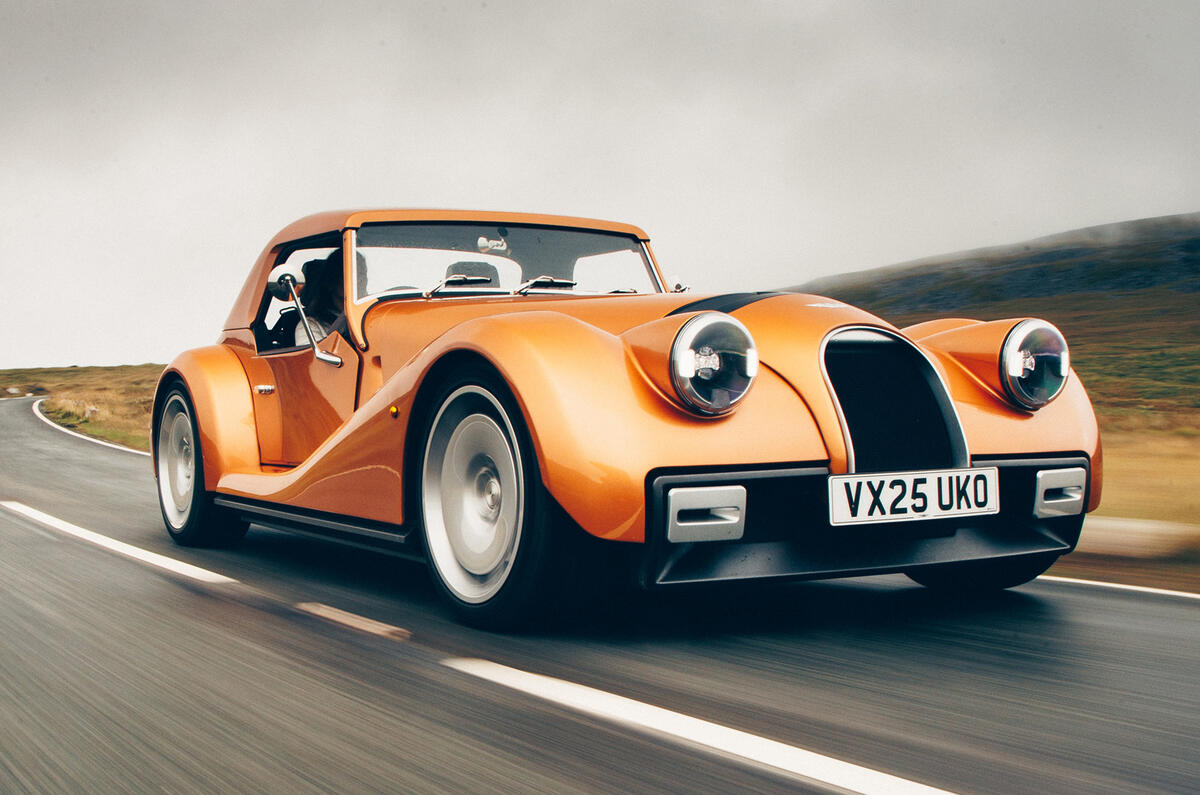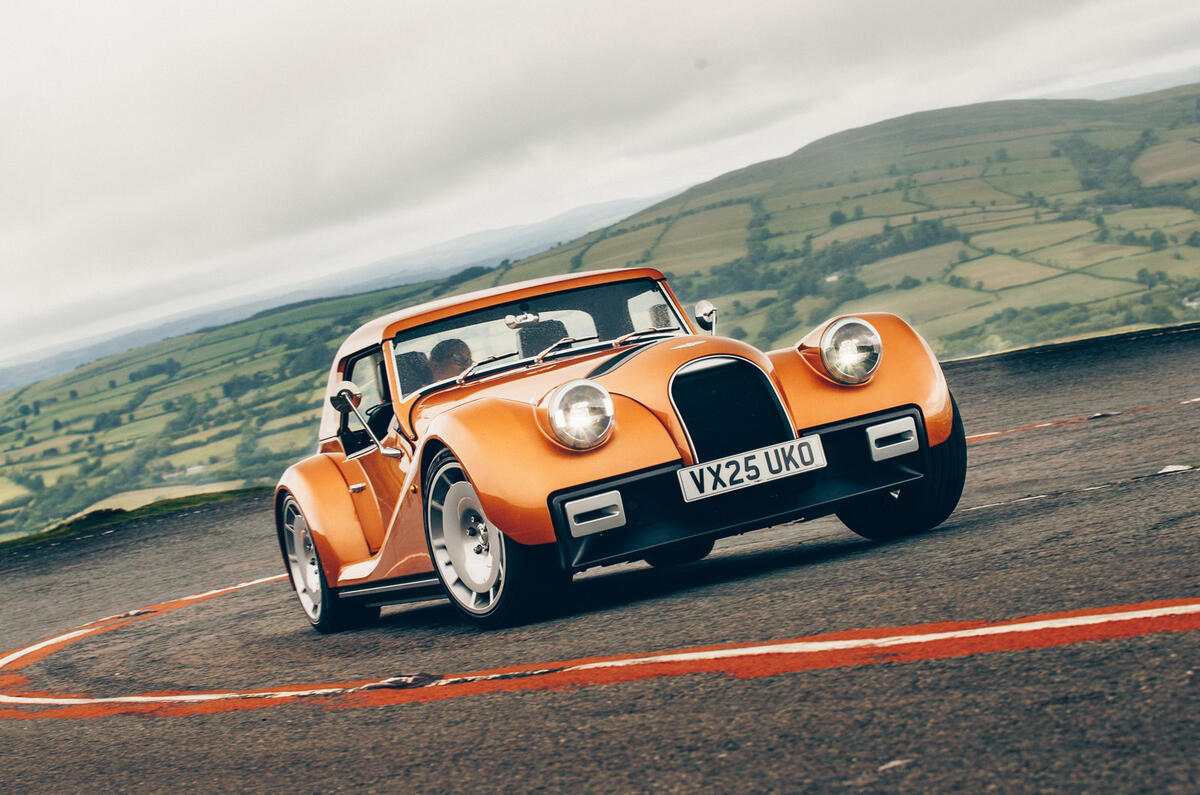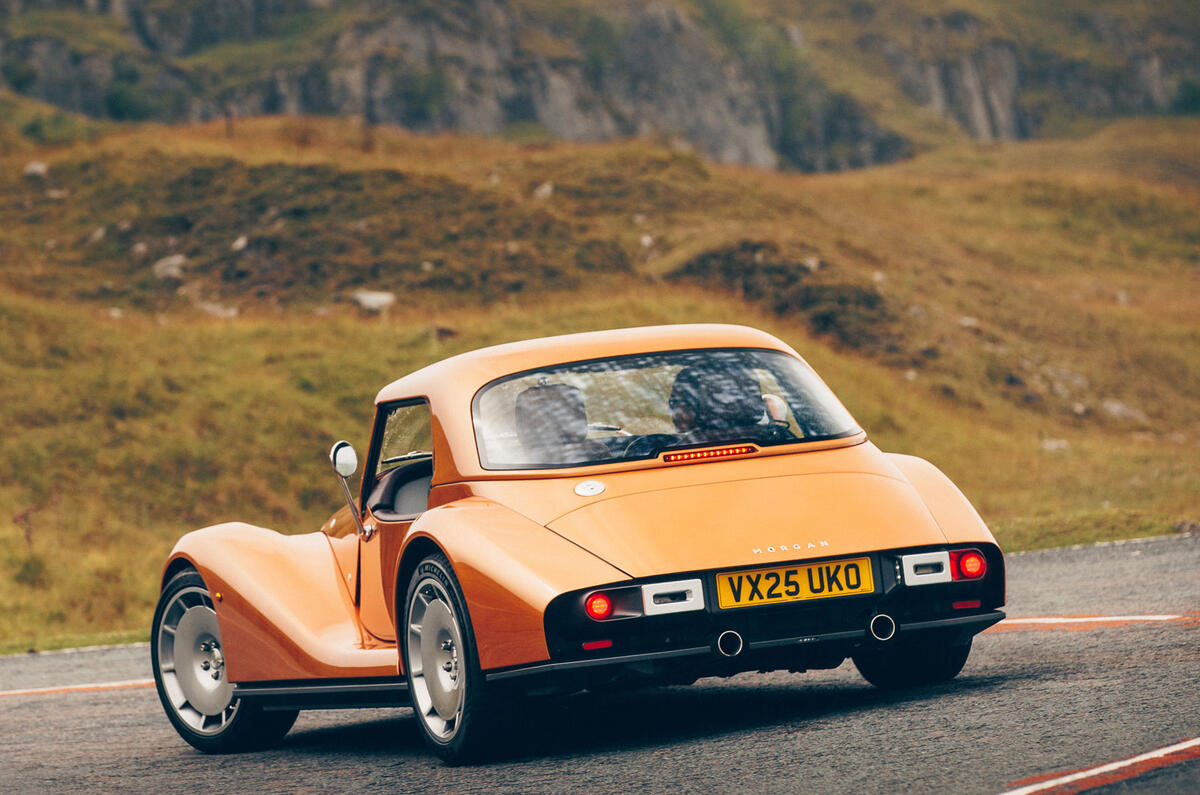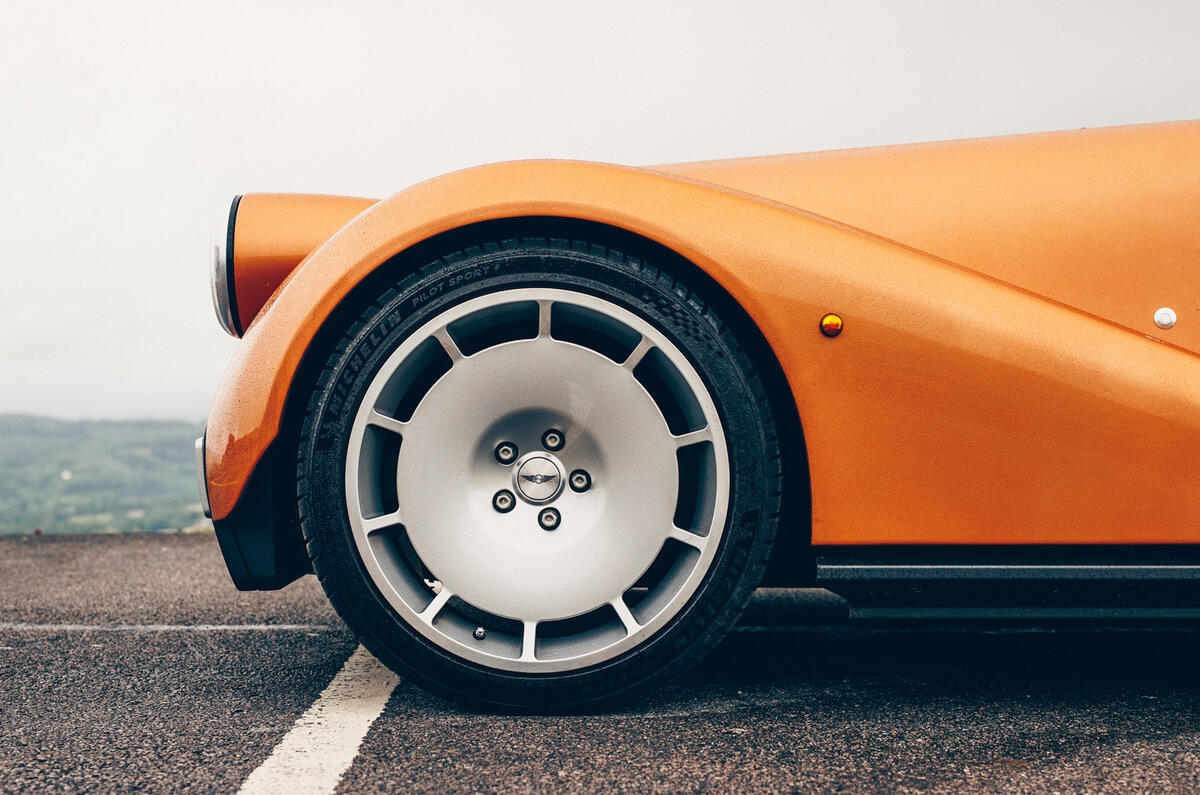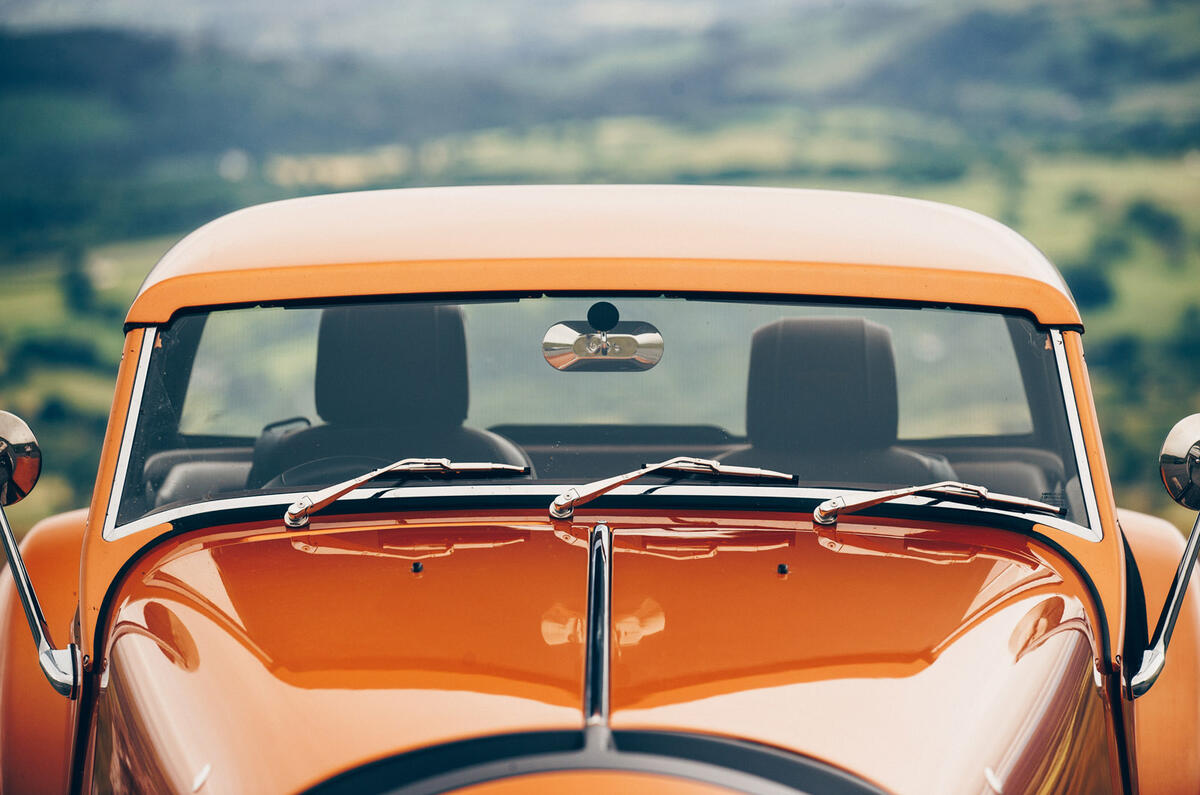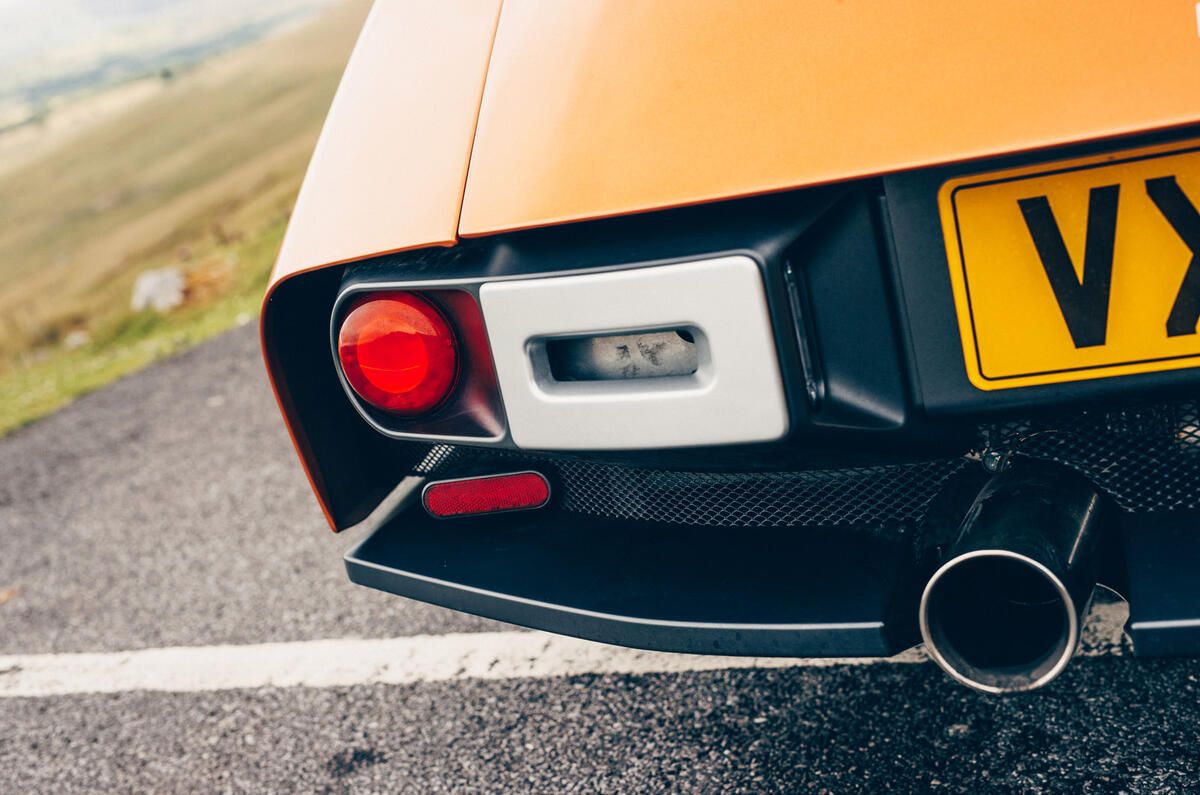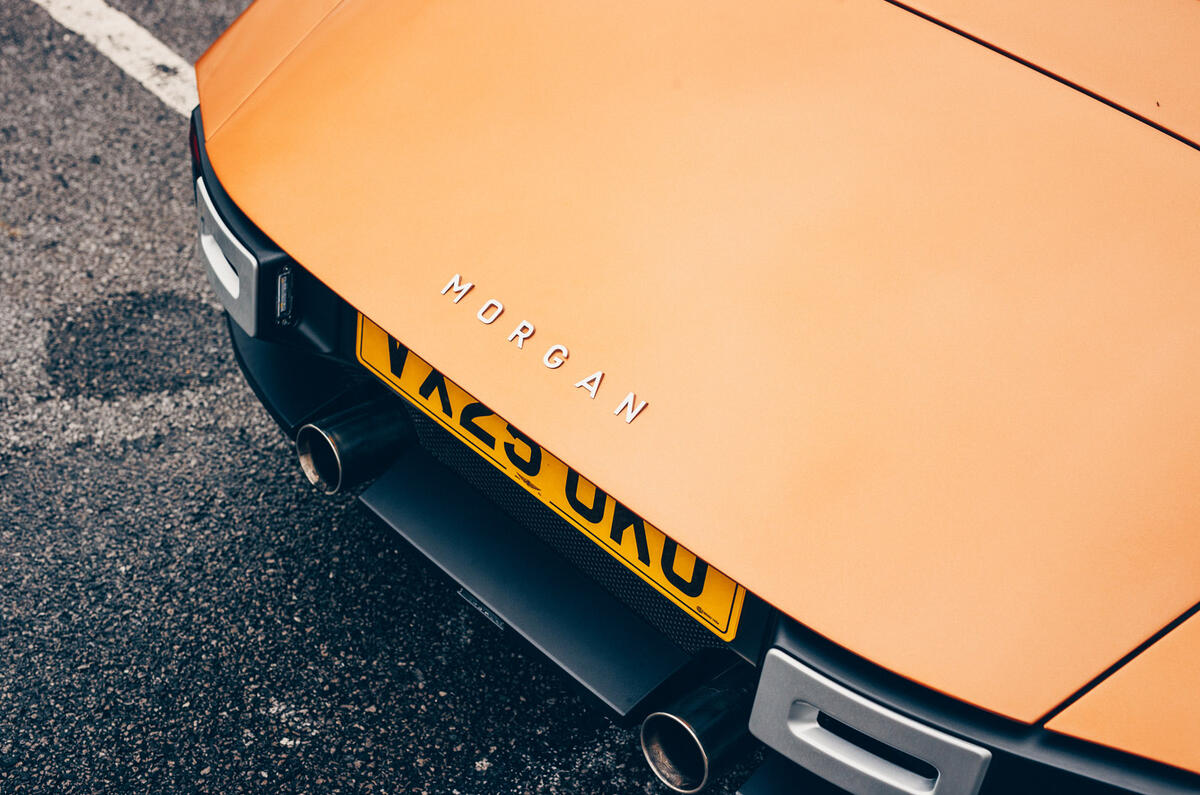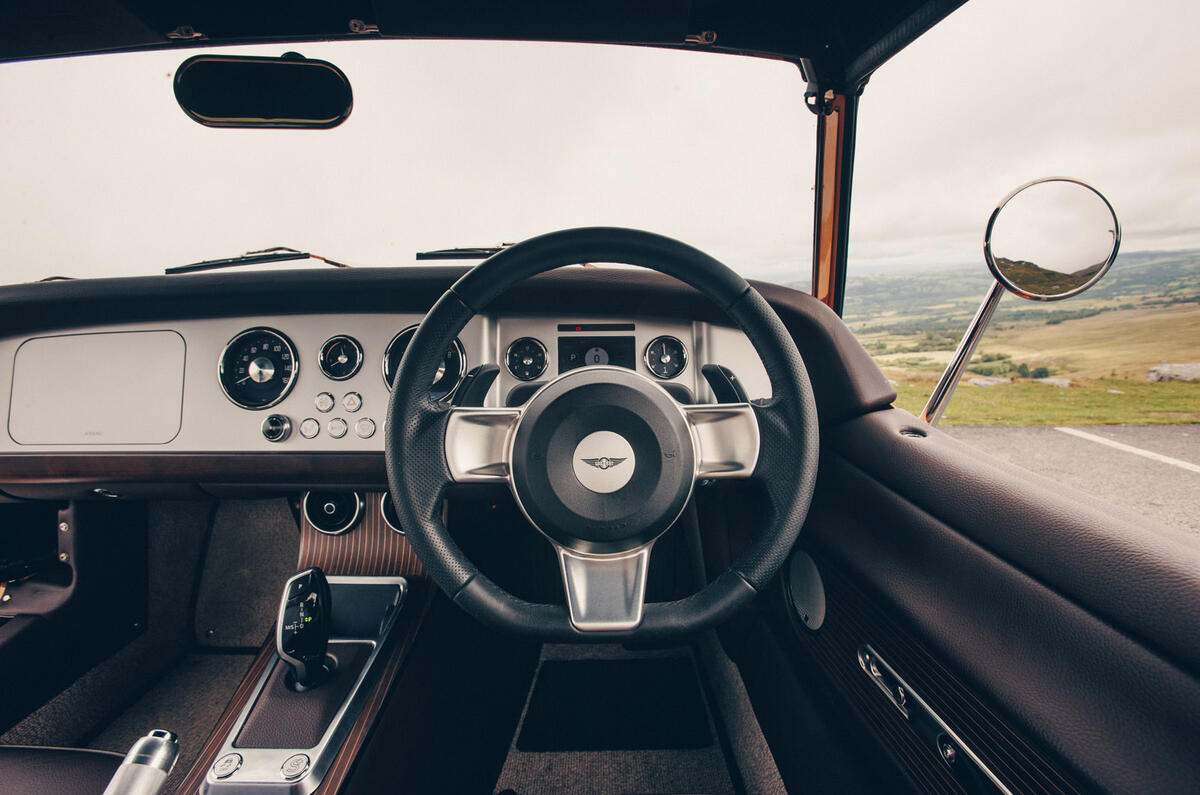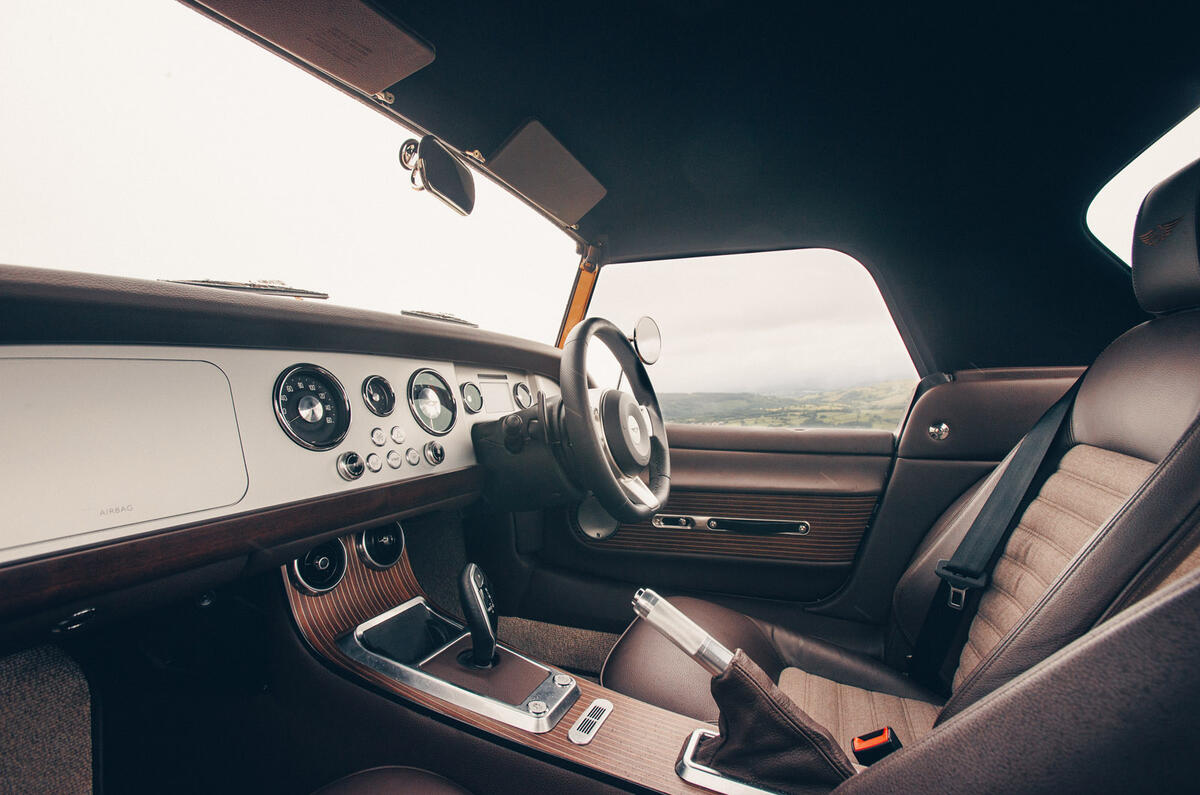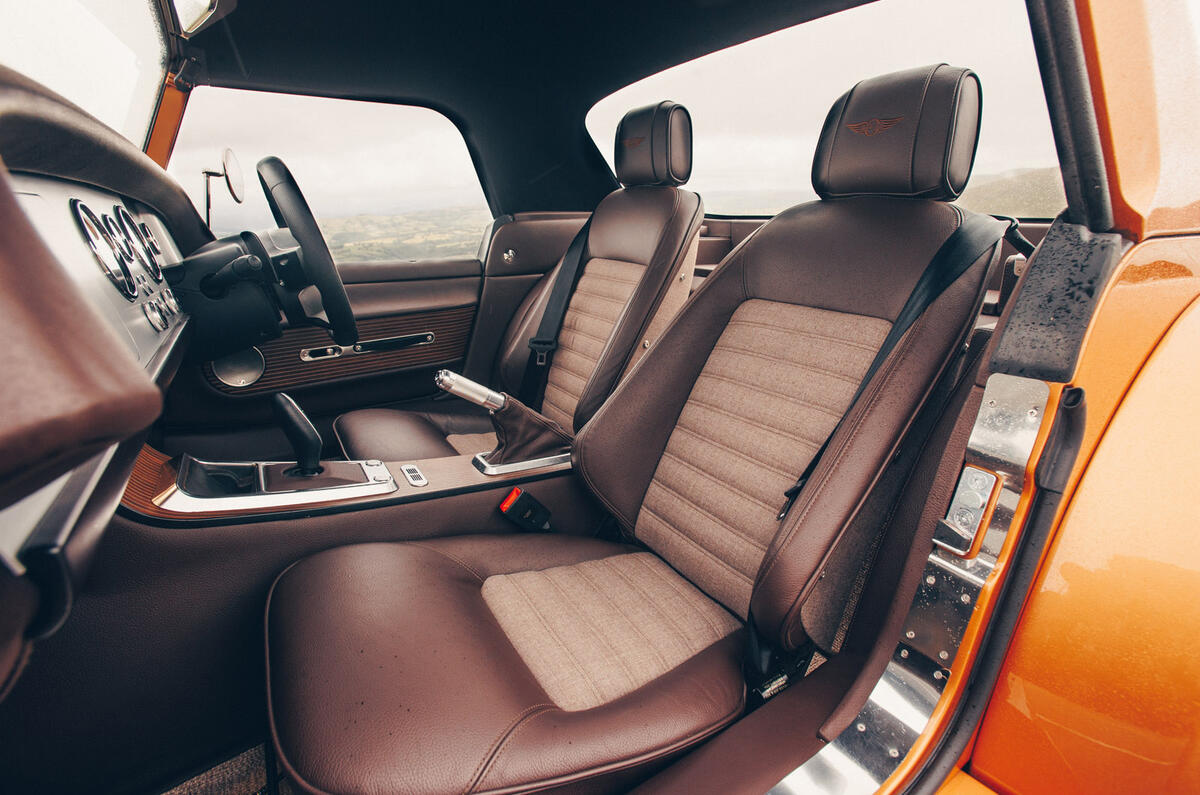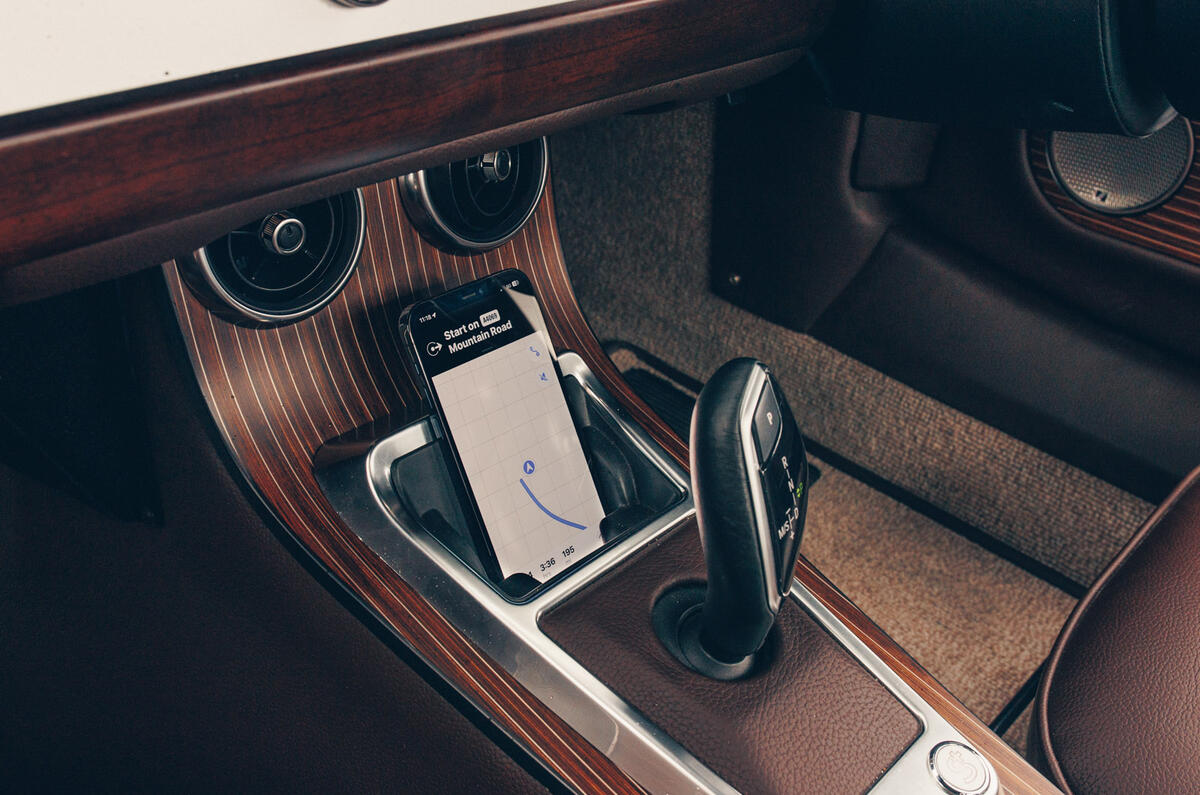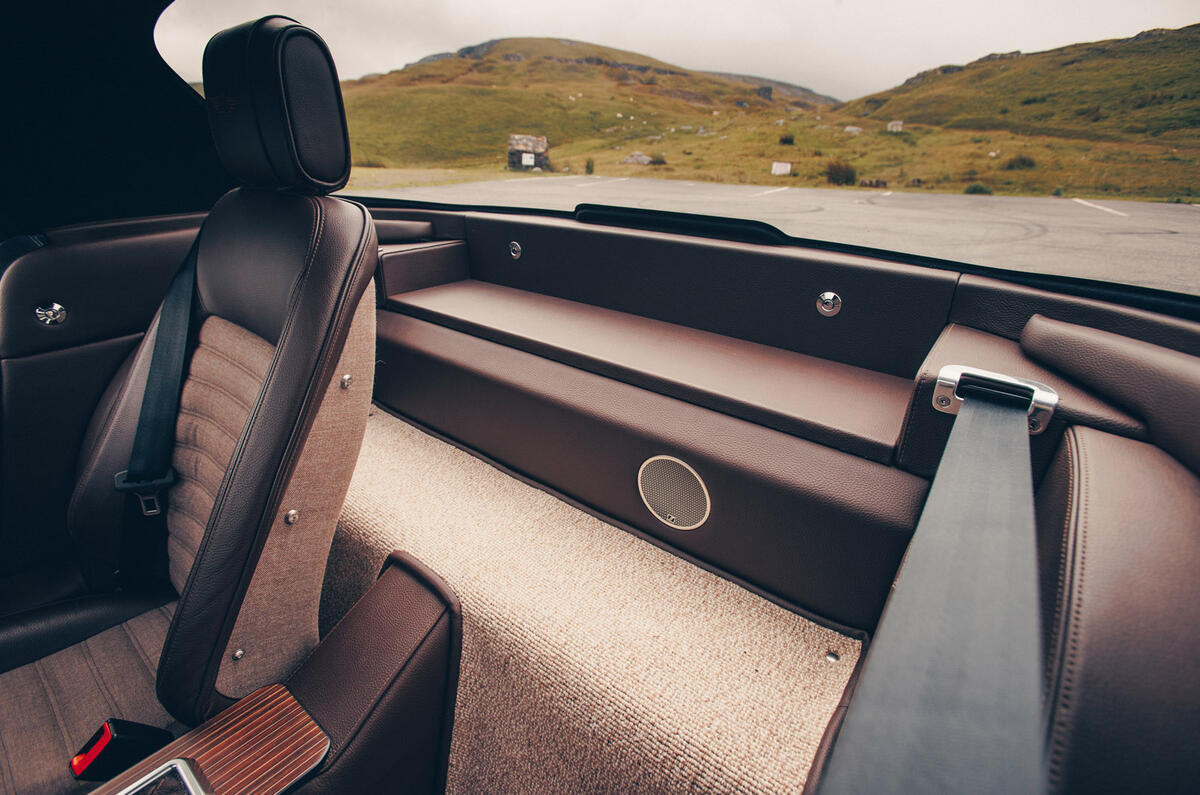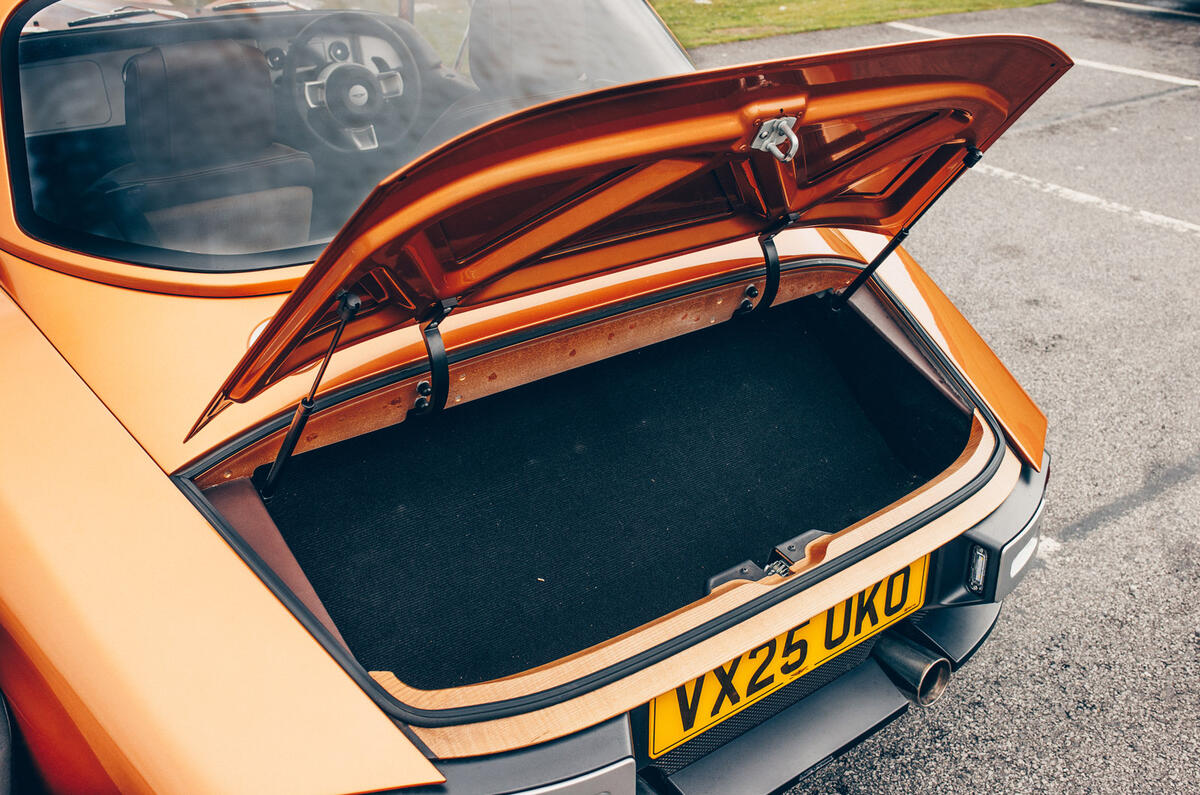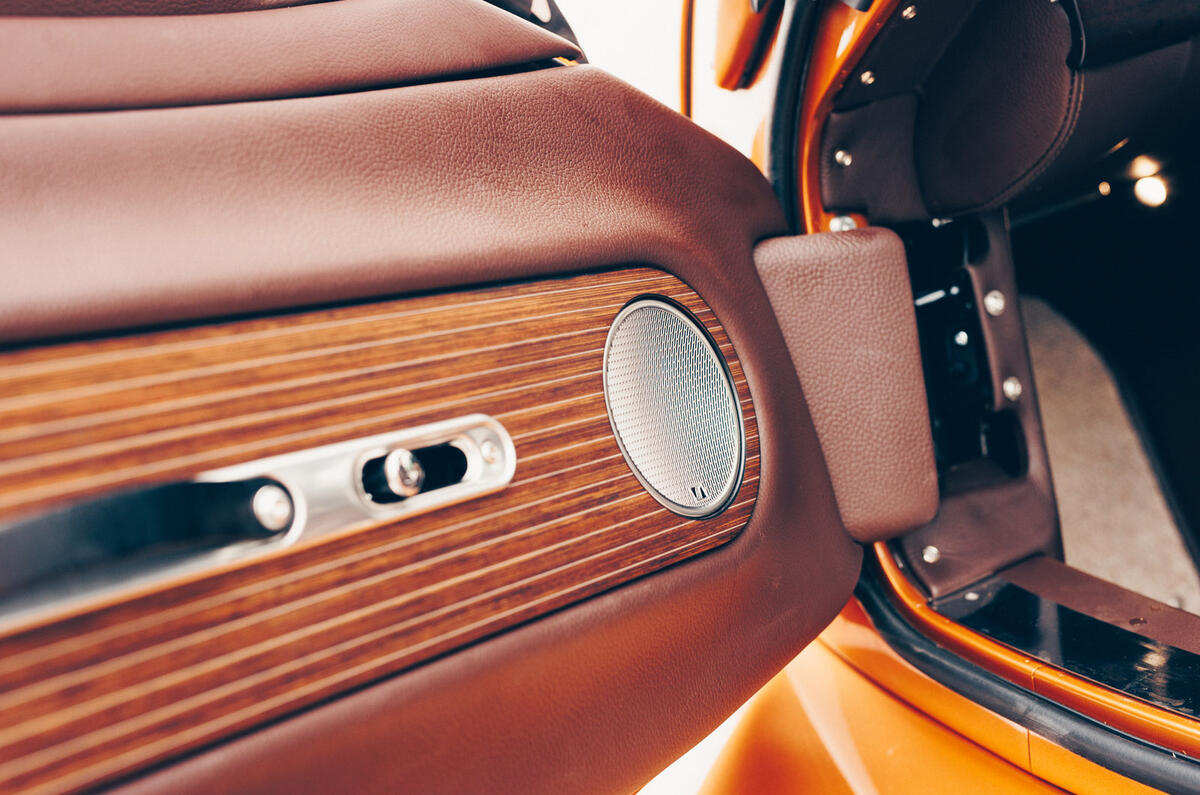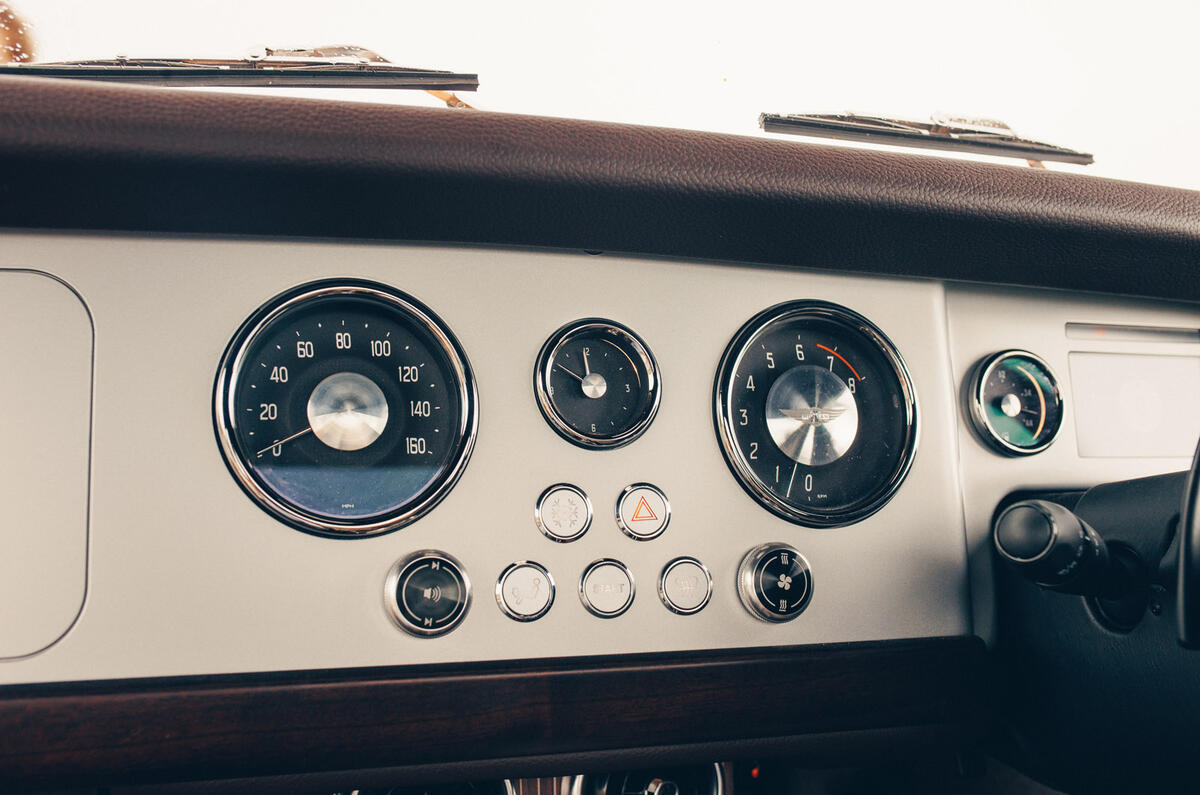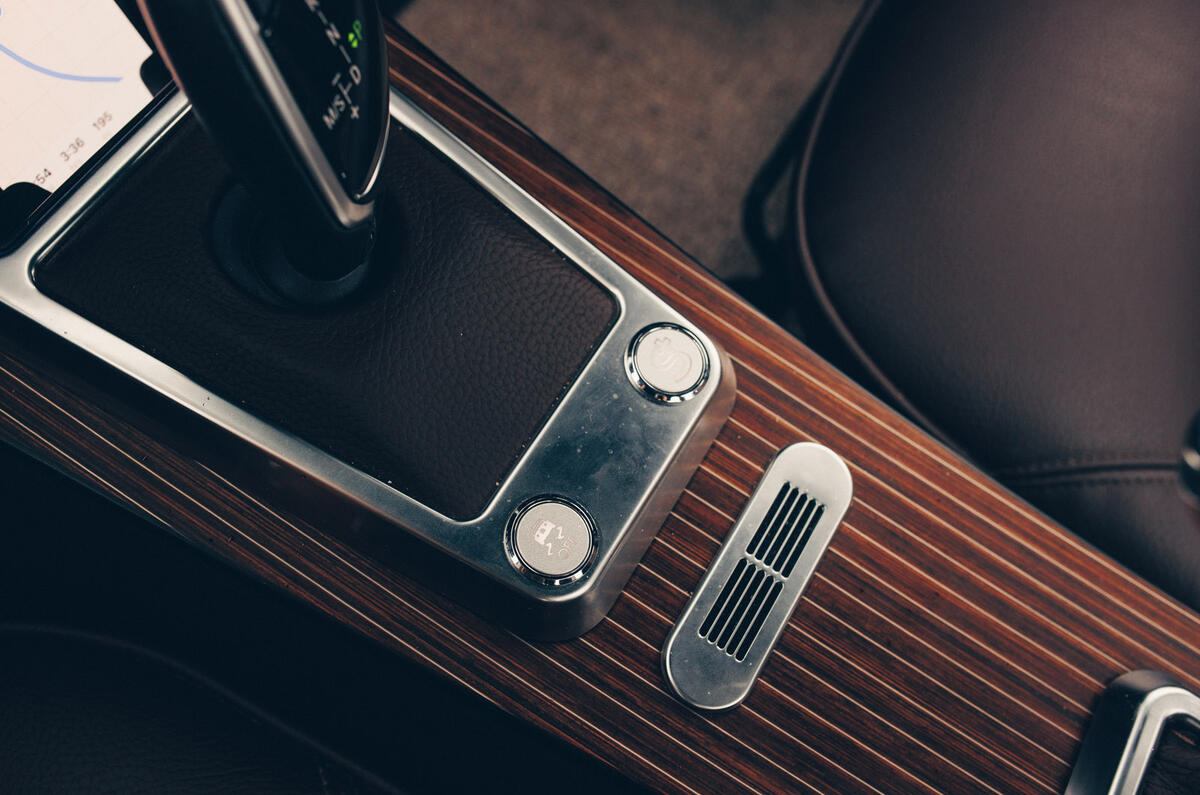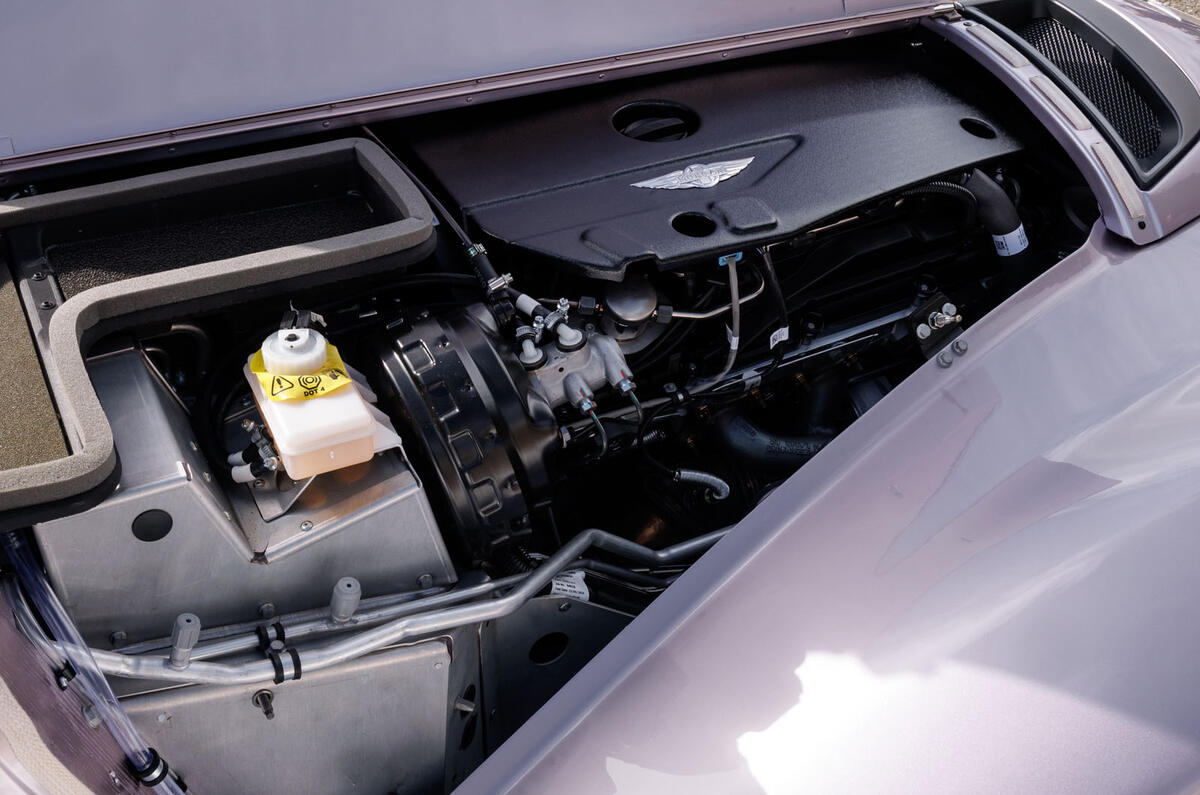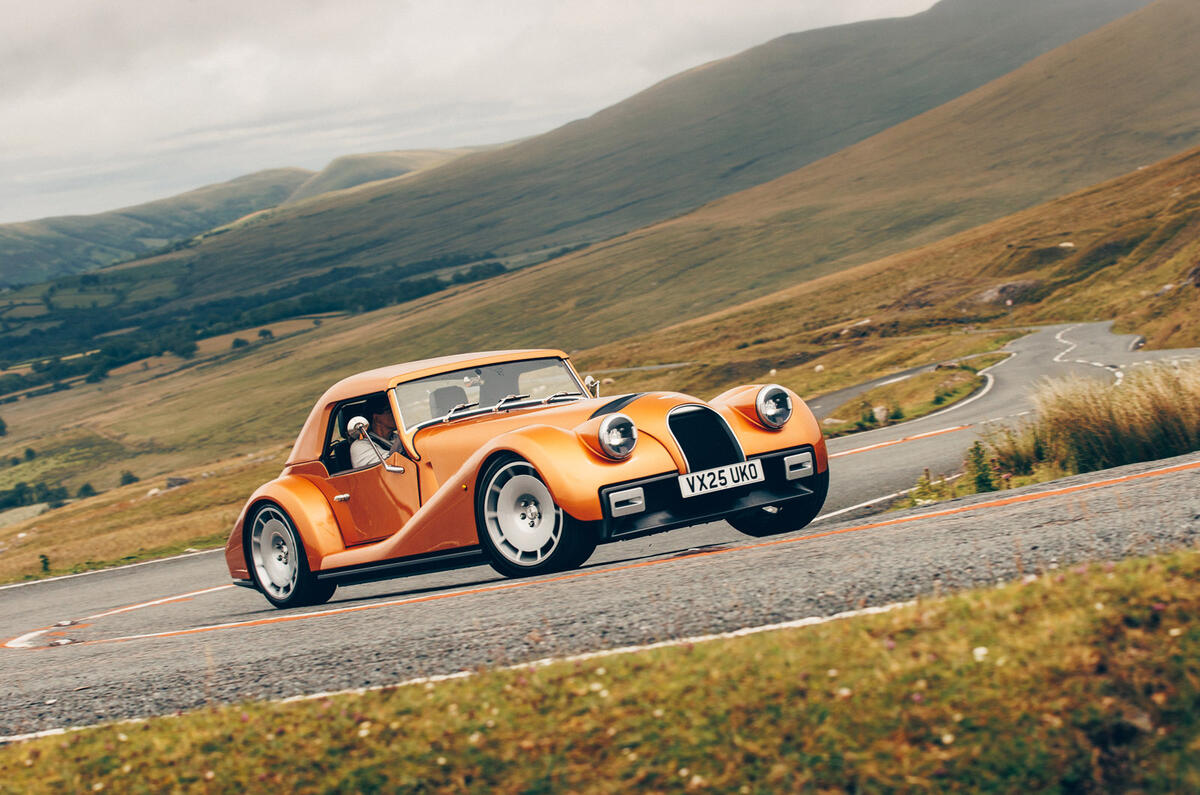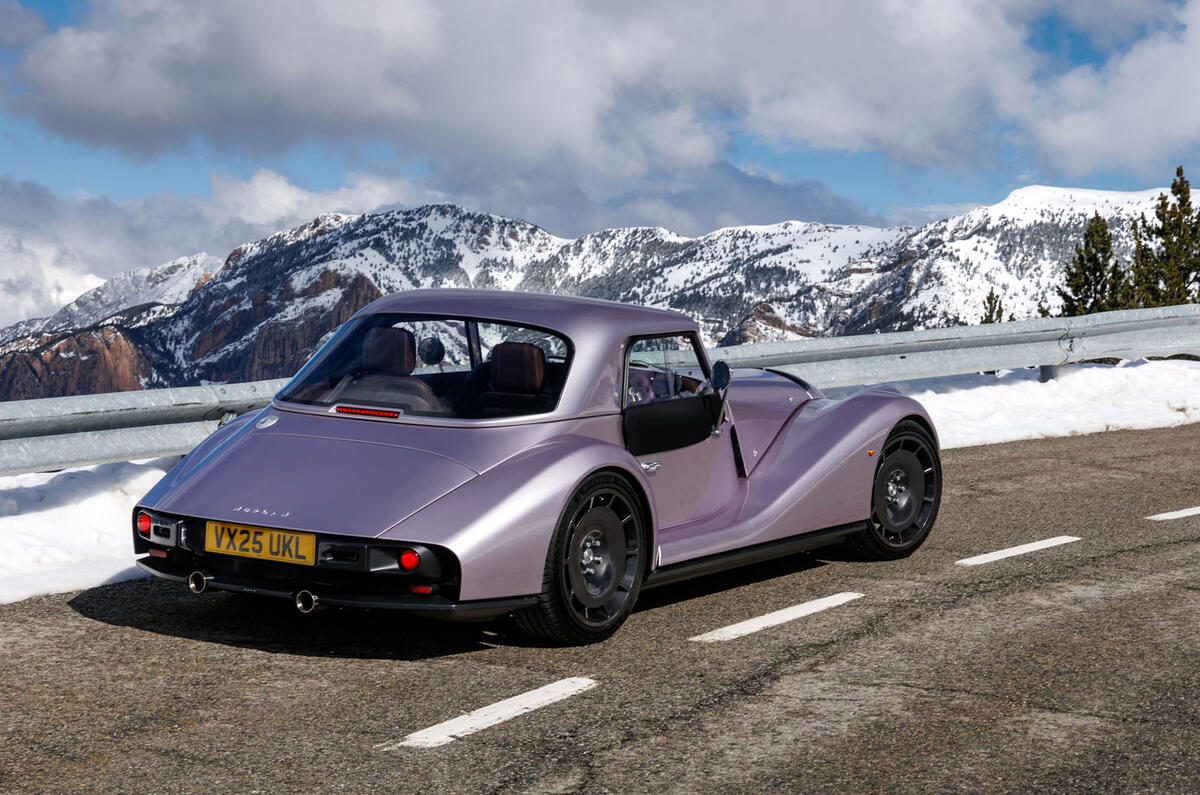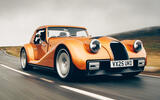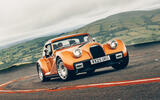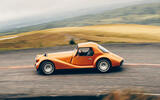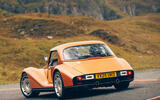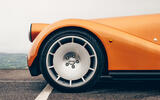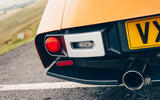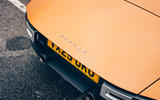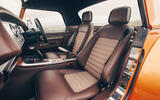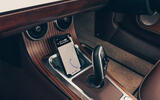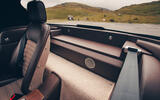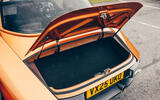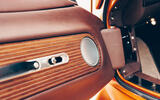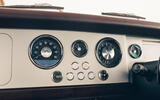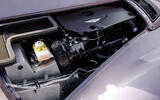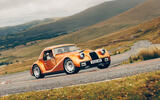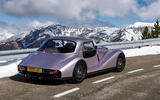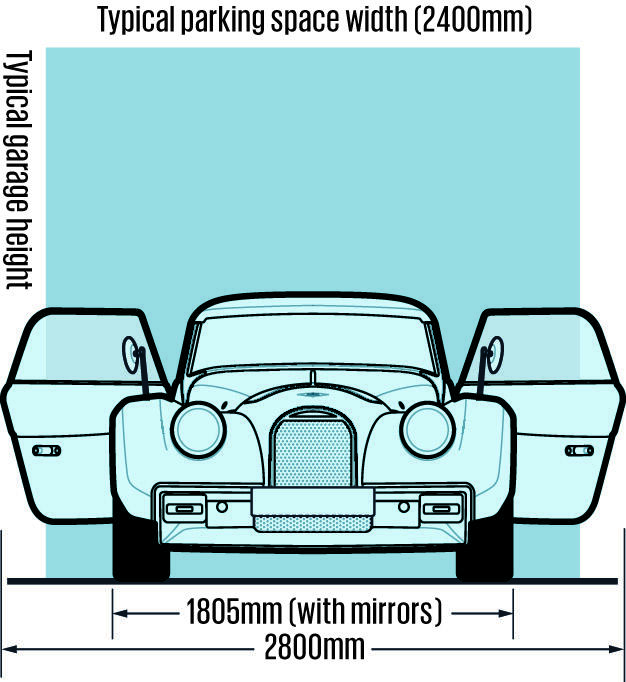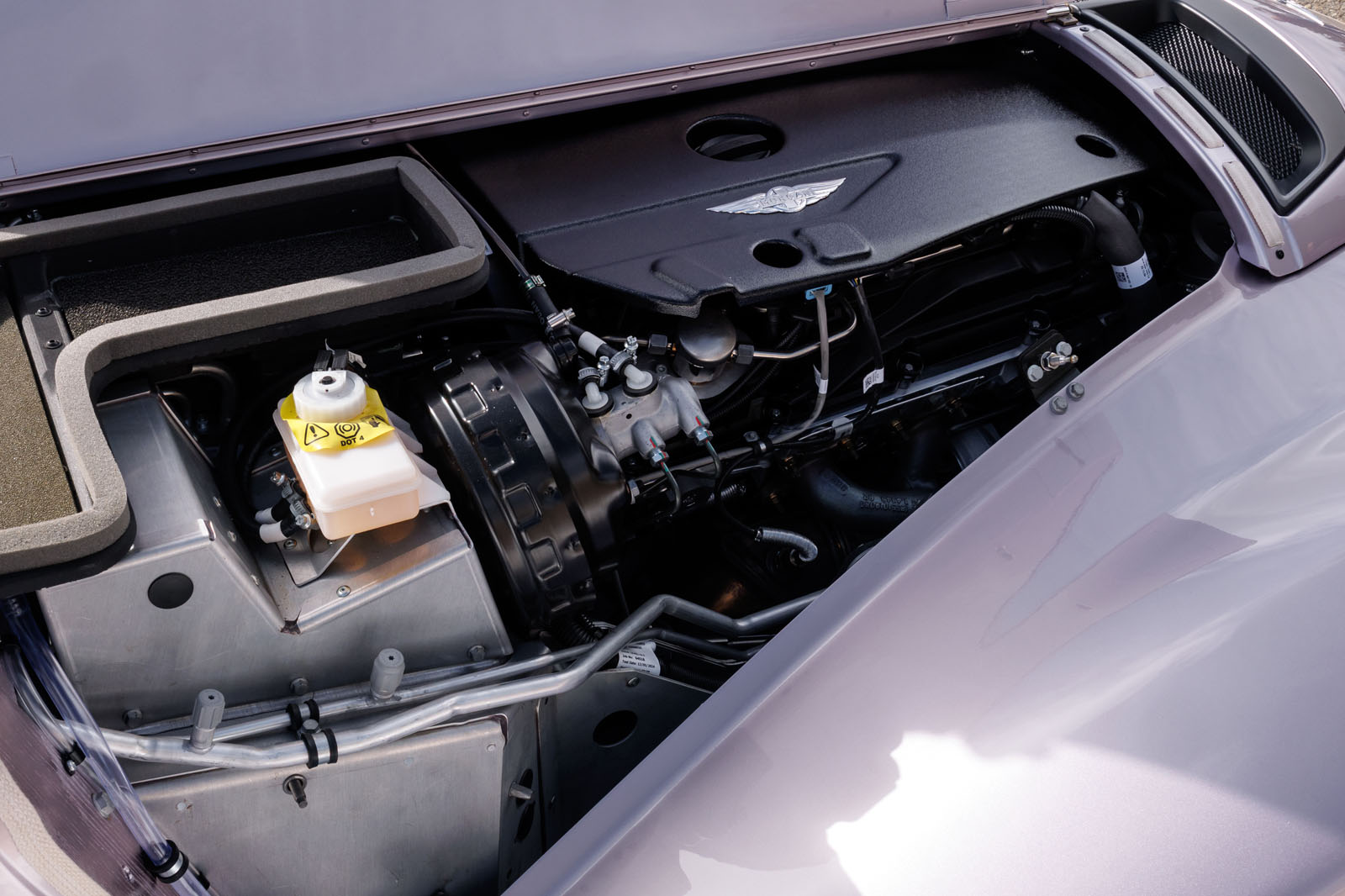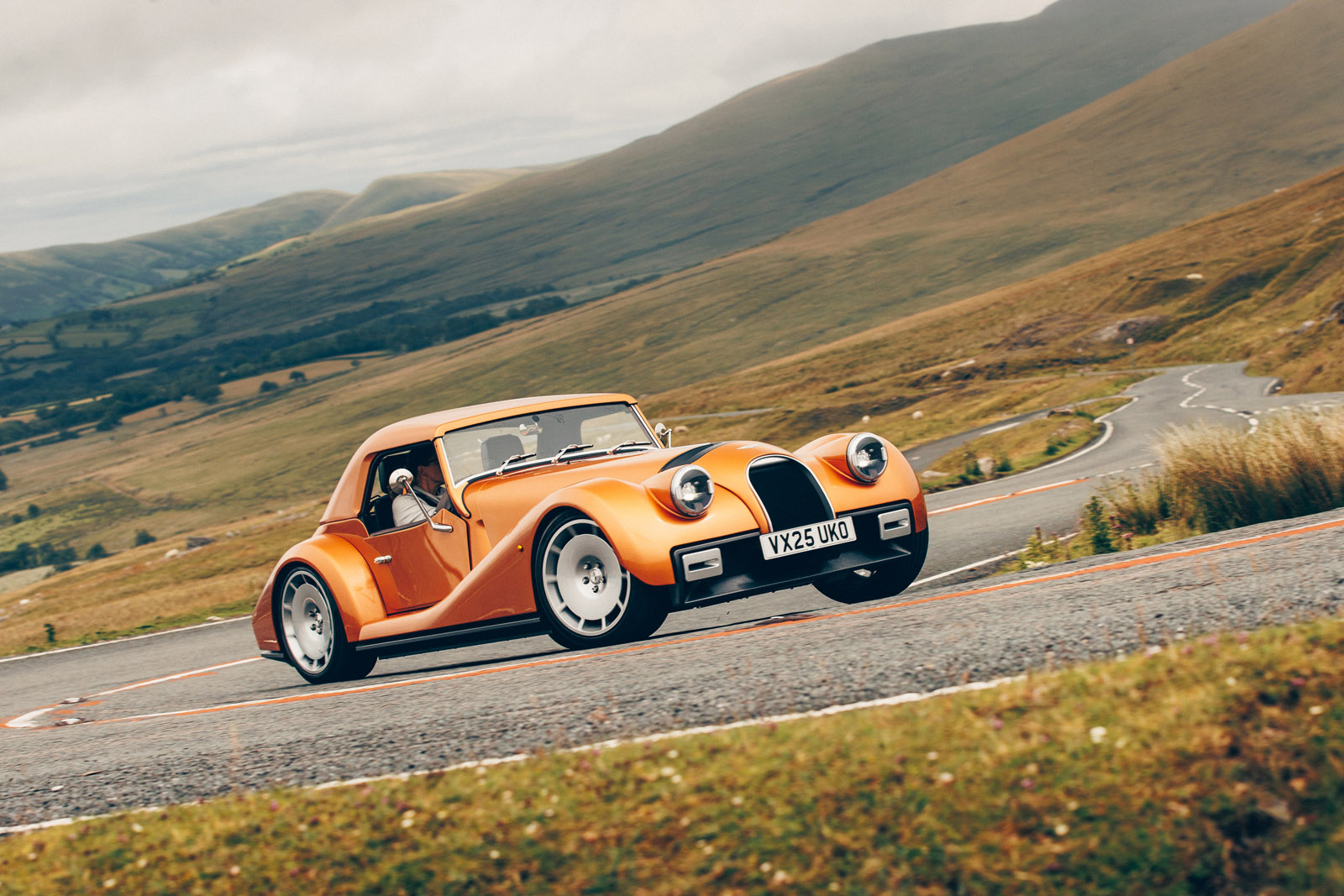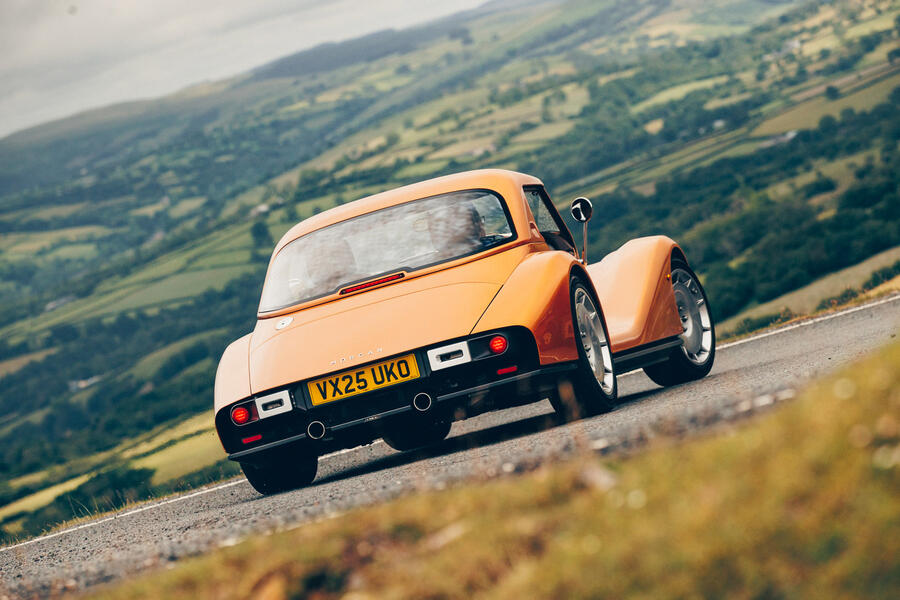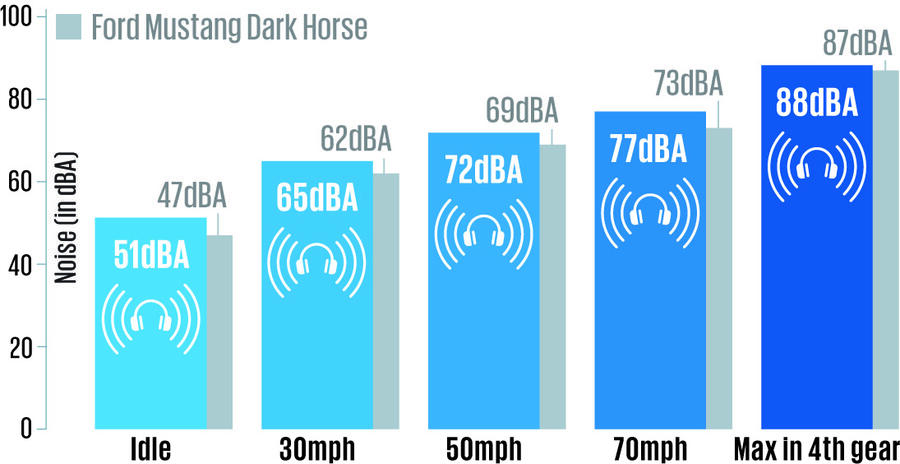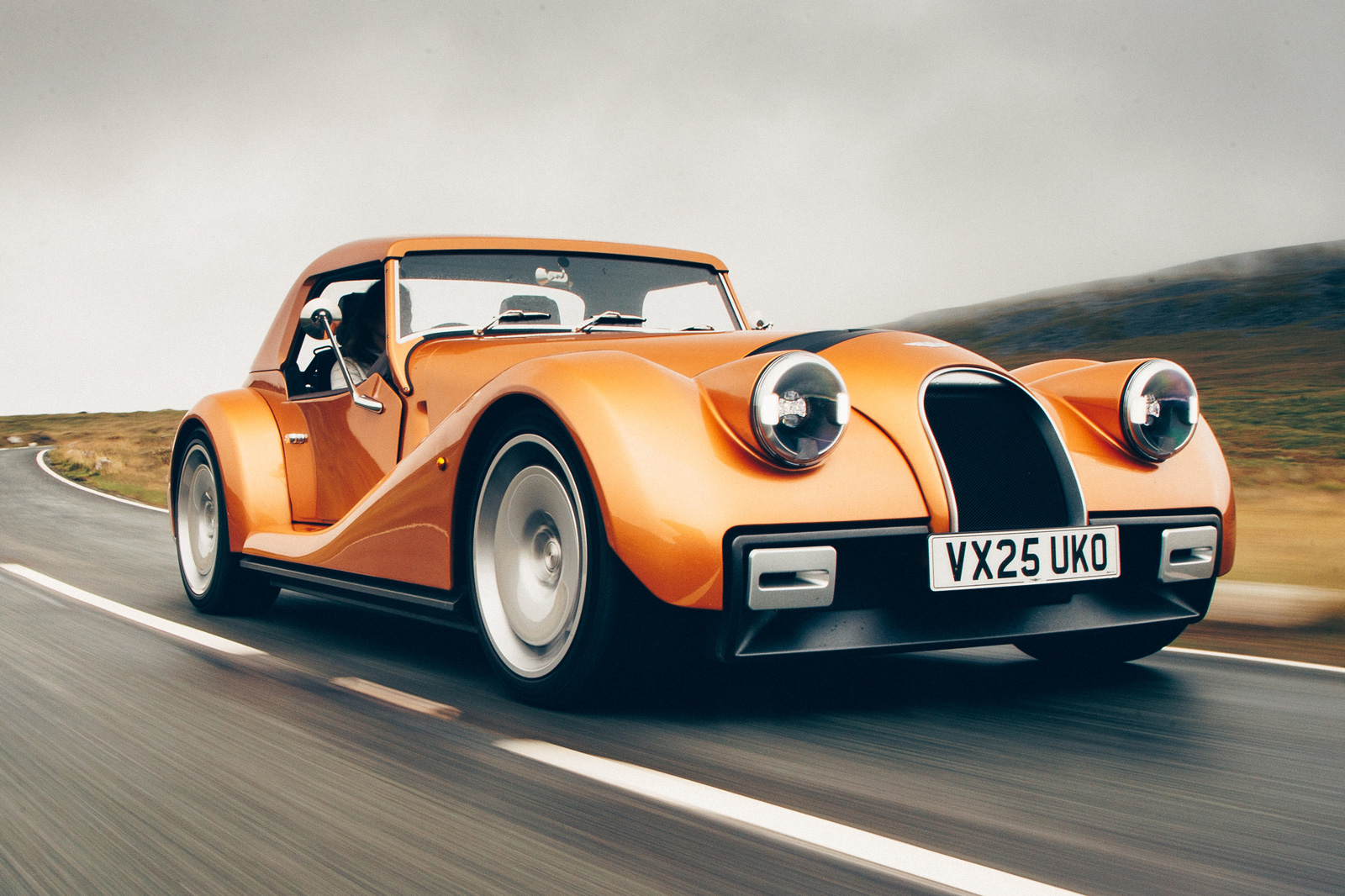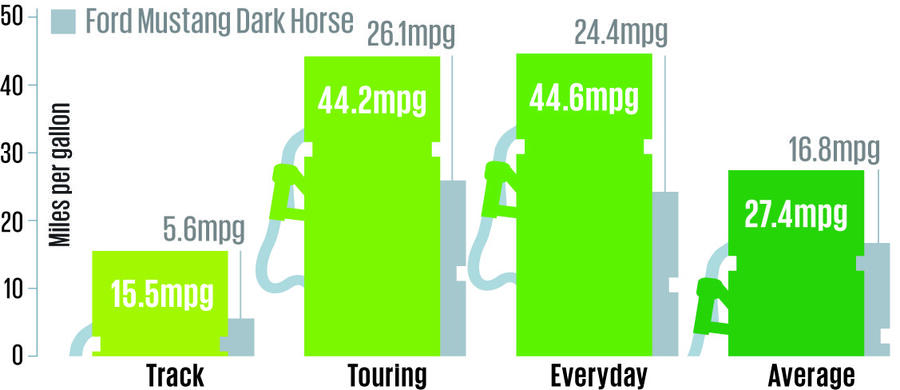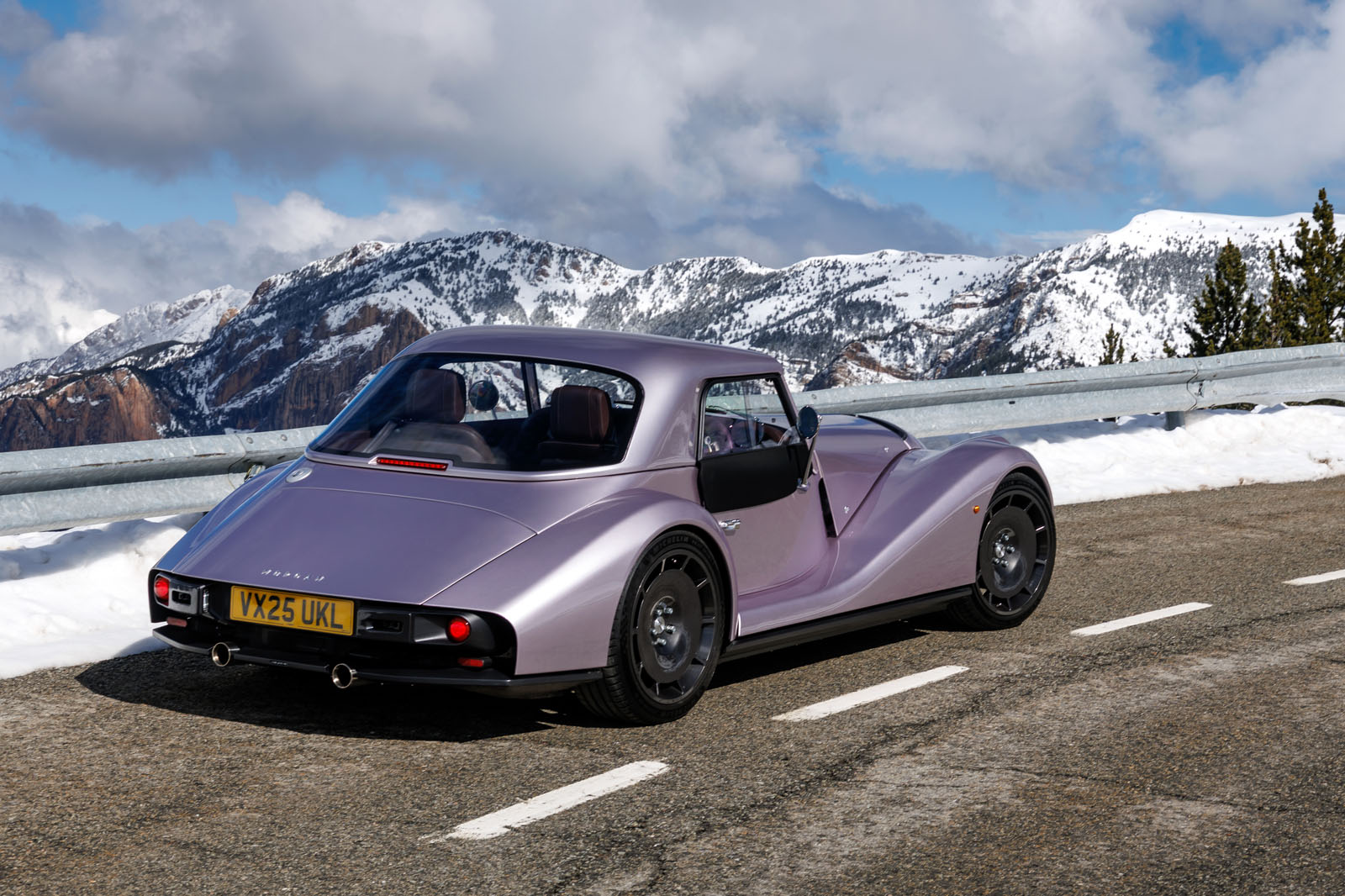At first glance, the Supersport’s interior looks identical to that of its predecessor, but Plus Six owners will notice and appreciate quite a few quality-of-life improvements. For starters, installing or removing the sidescreens has never been so easy. The knuckle-skinning knurled fasteners have gone. Instead, you now just slide them in or push the internal door release forwards to release them.
On our pre-production car, the driver’s side worked quite well but the passenger’s side was very stiff. However, this did lead us to the discovery that the nicest way to drive a Supersport solo is to remove the driver’s sidescreen, letting in more sounds and smells, but leave the passenger’s side in place to reduce the air turbulence. The windows are still sliding Perspex and don’t seal especially well.
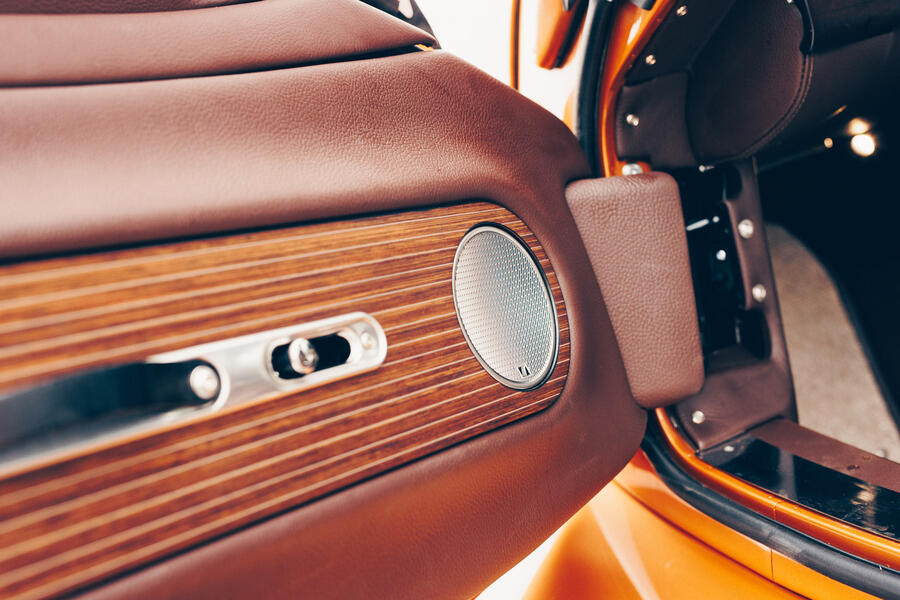
When you remove the sidescreens, you can now store them in a fitted bag in the boot, rather than having to leave them at home. The boot is shallower than it looks in pictures and the sidescreens take up most of it, but the ability to secure items out of sight makes this Morgan more practical than any that came before. In addition, there’s space for a soft bag on the shelf behind the seats and there’s a decent-size glovebox.
You settle on a seat that feels set about 5cm too high, partly because the steering wheel (which adjusts for reach and rake) sits slightly lower than you might expect. The seats themselves are very comfortable, though (at least in Comfort Plus spec). They have inflatable elements for the lumbar, thigh and lateral bolster, making long motorway stints less fatiguing than in many mainstream cars.
Despite the loss of the bonnet louvres, the view ahead is still one of the most dramatic that money can buy. With the low-cut rear windscreen of the hard top, the rear view has become much more dramatic too, giving you the feeling that you might be able to reach back and touch the road. Visibility in general is excellent.
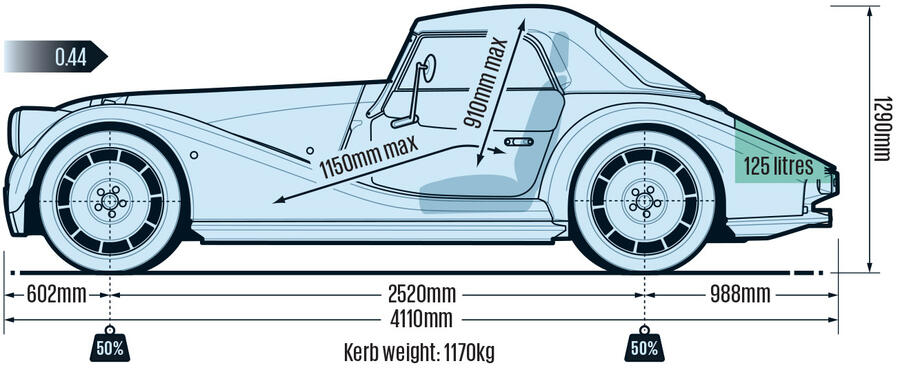
The dashboard, which has included twin airbags since 2023, is much the same shape as before, but the designs of the steering wheel and the analogue gauges have been updated – the latter with a cleaner look and a bespoke Morgan font. Apart from a few small misses, the sense of occasion this cabin imparts is second to none. The combination of beautiful leather, wood and fabric is classic without being quaint.
The small digital screen in front of the driver remains unchanged, and while it is useful for its digital speedometer, MPG readout and more, it’s quite low-res. Similarly, it’s a pity that Morgan still hasn’t found an alternative to the Peugeot column stalks and shift paddles, which feel rather out of place.
Otherwise, the Supersport hides its modernity well. The Sennheiser audio system, which works like a Bluetooth speaker, is controlled with the left dial on the fascia and sounds good up to about 50mph. Above that, the wind noise drowns out the detail in podcasts and music.



